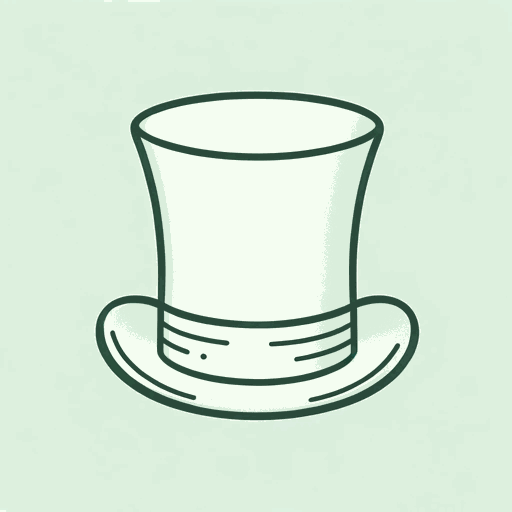53 pages • 1 hour read
Thorstein VeblenThe Theory of the Leisure Class: An Economic Study of Institutions
Nonfiction | Book | Adult | Published in 1899A modern alternative to SparkNotes and CliffsNotes, SuperSummary offers high-quality Study Guides with detailed chapter summaries and analysis of major themes, characters, and more.
Index of Terms
Barbarian Communities
Veblen broadly separates human history into three periods, which he defines as stages of economic and social development. The “savage” period (also called “primitive” period) is the earliest and most peaceful; followed by the “barbarian” era, characterized by violence and predation; and finally, the modern industrial period, which retains elements of “barbaric” society. Barbarian communities are characterized by the development of social stratification, which leads to the establishment of a leisure class and the spread of conspicuous consumption.
Conspicuous Consumption
Conspicuous consumption is the practice of purchasing items or services for prices higher than their productive value. This is usually done for the sake of projecting social status and respectability, regardless of whether the consumer actually possesses wealth or honor. Conspicuous consumption is common in the leisure class and emulated by the middle and working classes, who strive to emulate the leisure class’s respectability and status.
Industrial Class
The industrial class is generally comprised of people in the lower stratum of society, such as laborers and artisans, who rely on productive work to survive. They perform menial and labor-intensive tasks and transform raw materials into consumable objects in a process that is efficient and productive. Veblen contrasts them with the leisure class, which is characterized by its wastefulness.
Featured Collections
Business & Economics
View Collection
Challenging Authority
View Collection
Class
View Collection
Class
View Collection
Philosophy, Logic, & Ethics
View Collection
Politics & Government
View Collection
Popular Study Guides
View Collection
Power
View Collection
Sociology
View Collection

